There has been some disagreement lately on whether a diode follows Ohm's law or not: Does a diode really follow Ohm's Law?
Specifically things like
However, the truth is the resistance of a diode changes depending on the applied current and or voltages.
and
Ohm's law specifically states that R remains constant. If you try to calculate R from V/I while looking at a diodes IV curve, you will see that as you increase the voltage, "R" will change.
also historically: Why do LEDs not obey Ohm's law?
[LEDs] do [follow Ohm's law] - they just do not have a "fixed" resistance
It seems that the main disagreement comes down to what the definition of "Ohm's Law" actually is. Since I was unable to find a question here addressing it, I decided to ask one.
Below are four definitions of Ohm's law taken from a variety of introductory sources on the material. I was unable to find any in more advanced texts, probably because it is so basic it isn't worth including. Therefore, my question: which of these is correct if any. If none, what is the correct general case definition of "Ohm's Law"?
Ohm's law states that the voltage v across a resistor is directly proportional to the current i flowing through the resistor. Ohm defined the constant of proportionality for a resistor to be the resistance, R. (The resistance is a material property which can change if the internal or external conditions of the element are altered, e.g., if there are changes in the temperature.)
Charles K. Alexander "Fundamentals of Electric Circuits" 4th ed
Ohm's law is an assertion that the current through a device is always directly proportional to the potential difference applied to the device. (This assertion is correct only in certain situations; still, for historical reasons, the term "law" is used.) The device of [...] which turns out to be a 1000 ohm resistor -- obeys Ohm's law. The device of [...] which is called a pn junction diode -- does not
Halliday & Resnick "Fundamentals of Physics Extended" 10th ed
Ohm's law states that the current through a conductor between two points is directly proportional to the voltage across the two points. Introducing the constant of proportionality, the resistance,
Wikipedia
A well known relationship that describes the relationship between Voltage and current through a device's resistance expressed mathematically as V= IR. This formula says that voltage across the device is equal to the current through the device multiplied by the resistance.
electronics.stackexchange.com ohm's law tag description



